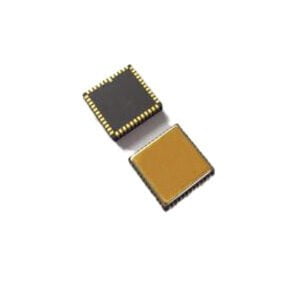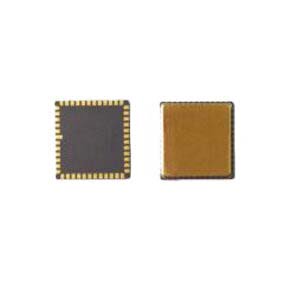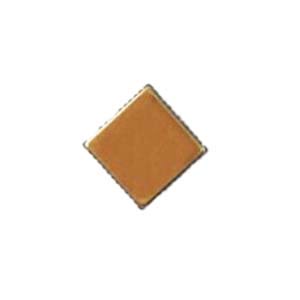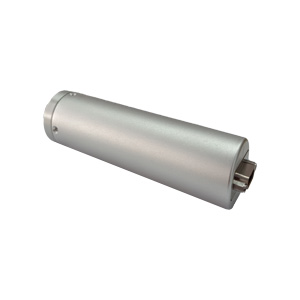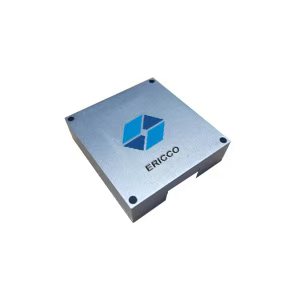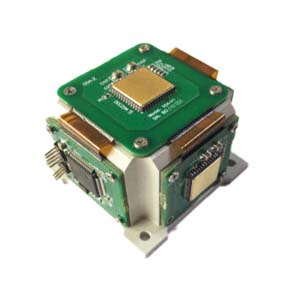The stable hovering, precise maneuvering and wind resistance of drones are inseparable from their core "perception-decision-execution" system. In this system, the gyroscope plays a key role in sensing its own attitude changes, working in conjunction with other sensors, flight control and power units.
Core principle: sensing angular velocity
A three-axis gyroscope (such as ER-3MG-043) is essentially an angular velocity sensor. It measures the angular velocity changes (unit: degrees/second) of the drone on three rotation axes (pitch, roll, yaw) in real time and accurately. It is like the "inner ear" of the drone, always sensing whether the body is tilting, rotating or turning.
Why is gyroscope data so important?
The flight control system (the "brain" of the drone) relies on the real-time angular velocity data provided by the gyroscope:
Closed-loop control basis: The gyroscope data and the flight control system form a closed-loop feedback. The flight control continuously receives angular velocity information to determine the current attitude change trend.
Quick response to disturbances: When encountering strong winds or other interference that causes the body to tilt unexpectedly, the gyroscope can instantly detect abnormal angular velocity changes.
Attitude recovery decision: The flight control immediately calculates the corrective torque to be applied based on the data provided by the gyroscope, and quickly adjusts the speed of the motors in different positions to generate torque in the opposite direction to restore the horizontal attitude.
ER-3MG-043 three-axis gyroscope: providing key support for stable flight
The performance parameters of this gyroscope directly determine its reliability in high-dynamic UAV applications:
Wide dynamic range: The measurement range of up to ±400 degrees/second is sufficient to cover the drastic angular velocity changes during extreme maneuvers such as high-speed turns and rolls of the UAV.
High response speed: The data refresh rate of 400Hz ensures that the flight control can obtain the latest attitude dynamic information and achieve rapid response, which is crucial to maintaining stability.
Excellent stability: The zero bias instability index of 0.1 degrees/hour effectively suppresses the accumulation of errors during long-term flight and ensures the long-term accuracy of attitude perception.
Data flow: from real-time perception to precise execution
High-speed acquisition: ER-3MG-043 continuously measures the angular velocity of three axes.
Reliable transmission: The message containing the angular velocity data of the X, Y, and Z axes is sent to the flight control system in real time through the RS-422 interface (baud rate up to 921,600 bps).
Flight control calculation: The flight control receives and processes these raw data, and combines other sensor information (such as accelerometers, barometers, etc.) to calculate the current precise attitude angle and attitude change rate of the drone.
Generate instructions: Based on the calculation results and target instructions (such as hovering, moving forward), the flight control generates precise motor control instructions, and drives the motor to perform attitude adjustment through the electric speed controller.
Miniature design: Adapt to strict space constraints
Modern drones, especially small and racing models, have almost demanding requirements on internal space and weight. ER-3MG-043 solves this pain point through its extremely small design:
Compact package: The housing version is only 40x40x42 mm (80g), and the internal platform is as small as 27x26x34 mm (40g).
Integration potential: Its design supports OEM customization, and there is ample internal space to integrate other key sensors (such as accelerometers, barometers, magnetometers) to form a fully functional miniature inertial measurement unit (IMU), which greatly saves valuable equipment space and is an ideal choice for space-sensitive UAV applications.
Summary
The real-time, high-precision angular velocity data provided by the gyroscope is an indispensable input for the UAV flight control system to achieve attitude stability control. With its wide range, low drift and extremely compact design, ER-3MG-043 provides a solid technical foundation for UAVs to maintain stable and agile flight in various complex environments. Its high degree of customizability and integration capabilities further meet the development needs of modern UAVs for miniaturization and high performance.
Application Techniques
1.Main features of MEMS gyroscope
2.Sensitive structure analysis of MEMS gyroscope
3.The analysis of damping in MEMS gyroscope
4.The impact of turntable error on MEMS gyroscope calibration
5.How does MEMS gyroscope work in harsh high temperature environment?
6.Error Generation Mechanism of MEMS Gyroscope Under High Acceleration Condition


